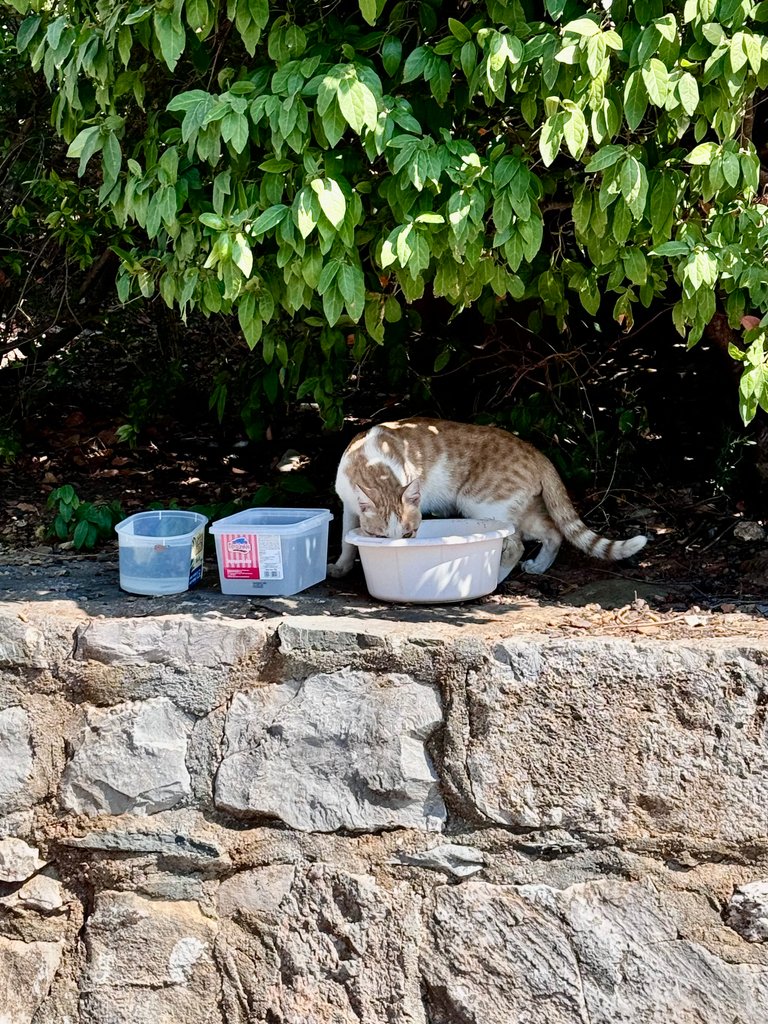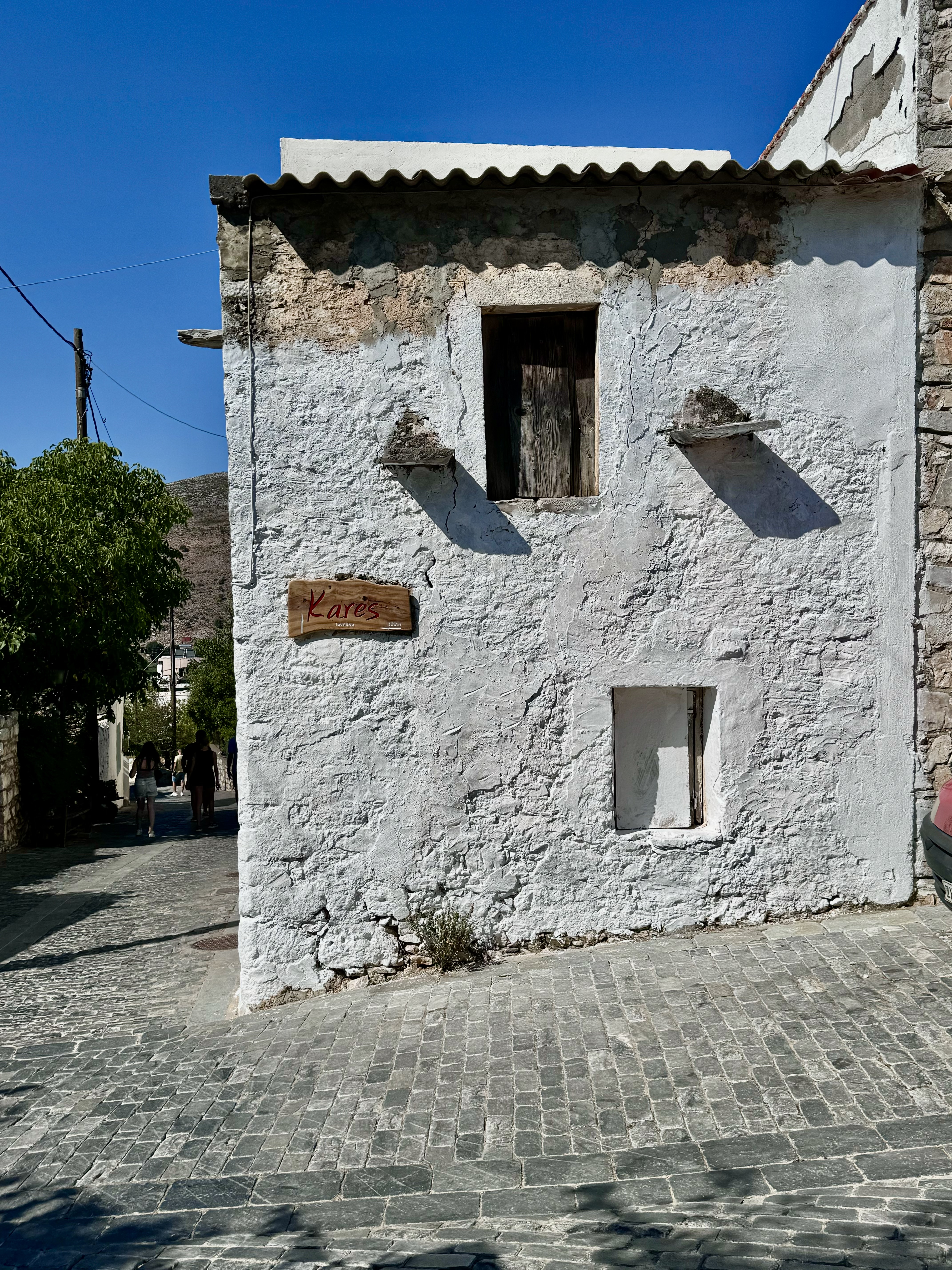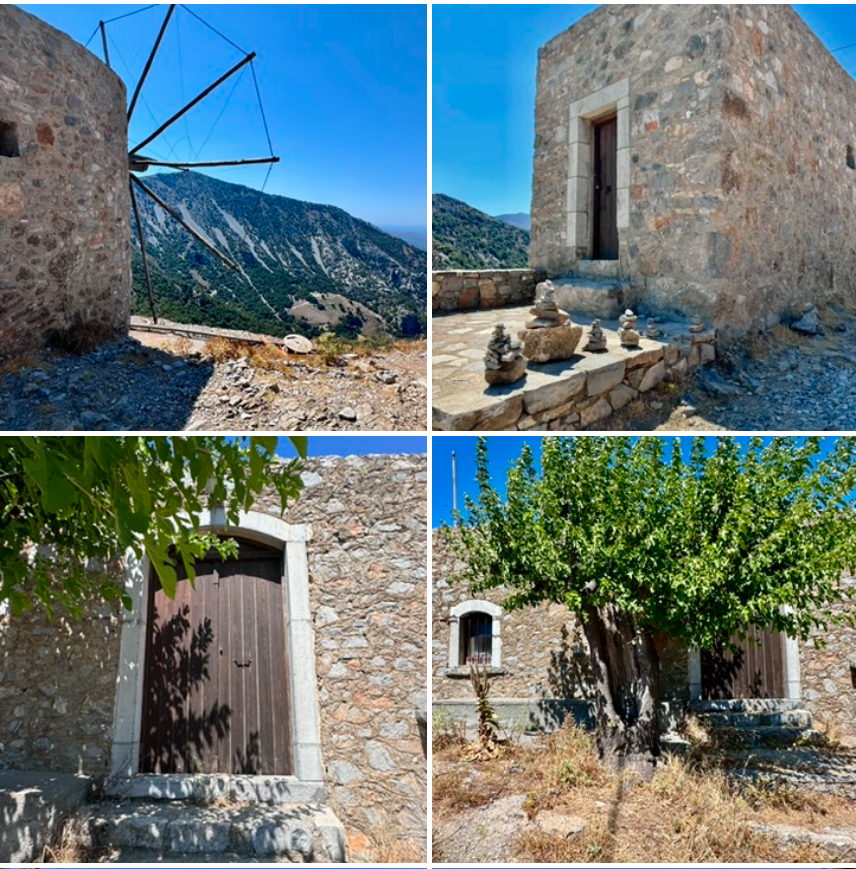
A few weeks ago I visited a part of Lassithi.
Lassithi is located in the eastern region of Crete,and perhaps youa lready know it as the place where Zeus was born.
Lassithi has a number of amazing areas, it has mountains and it has plateus. Its name has probably derived from the ancient Greek word "Lasios," meaning lush. The area is considered to be one of the most fertile areas of Crete and is considered a vital lifeline for Crete's ecosystem.
[Unfortunately during 2024-2025, the whole island and especially this area has had many problems from the lack of rainfalls - so we truly hope this scenery will not change in the future]
The road to travel there by car is good, but you need to be prepared to go up in altitude. There are some great places to stop and take photos and in this post, I will share one that I enjoyed a lot.
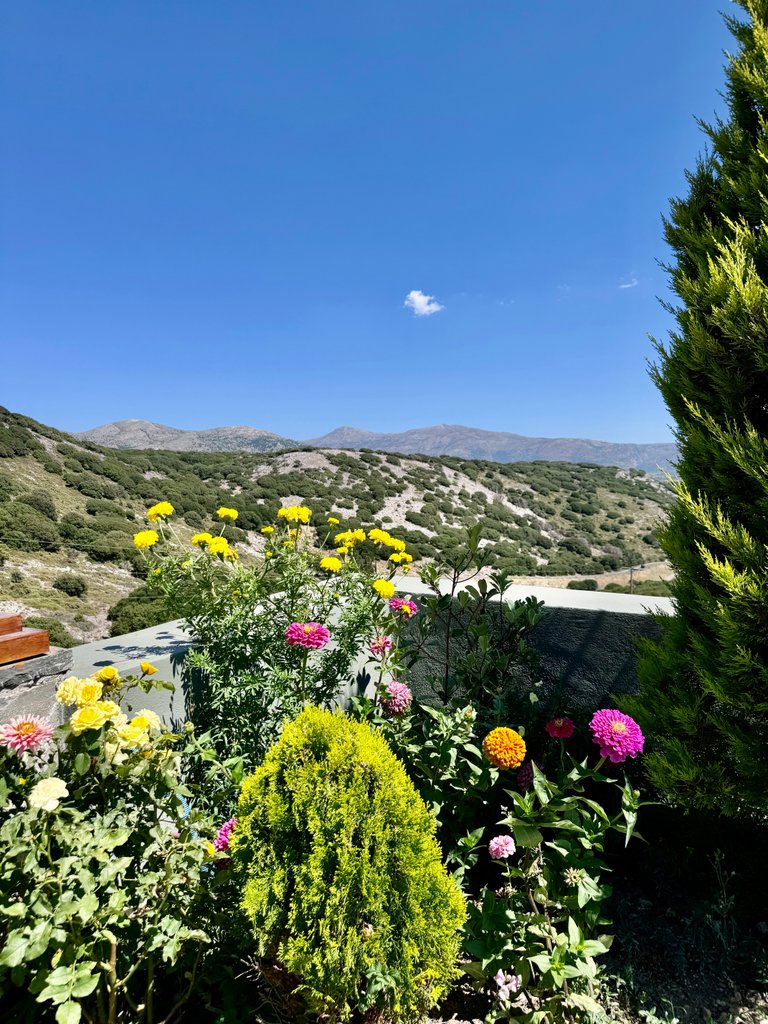
There is a restaurant where you can have a coffee or a meal. You can sit outside and have an almost 360 view!
Mountains, sky, windmills. The smell of freshness and the sensation of nature around you.
https://www.tiktok.com/@katycrete/video/7462097937594879255
Next to the village, you can see restored old houses and restored windmills.

The old windmills Plateau in Crete are iconic landmarks that show how past generations would utilize energy. Due to the altitude, winds were very strong and often.
These windmills were mostly built during the Venetian period (13th–17th century), and played a crucial role in sustaining the agricultural prosperity of the region.
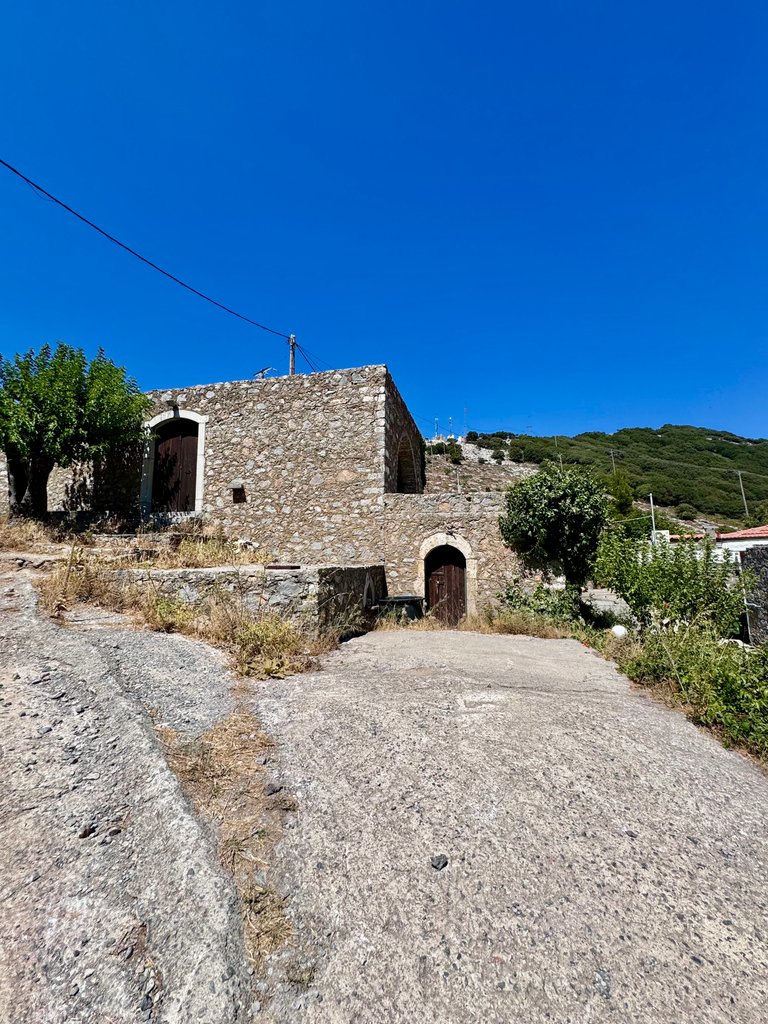 | 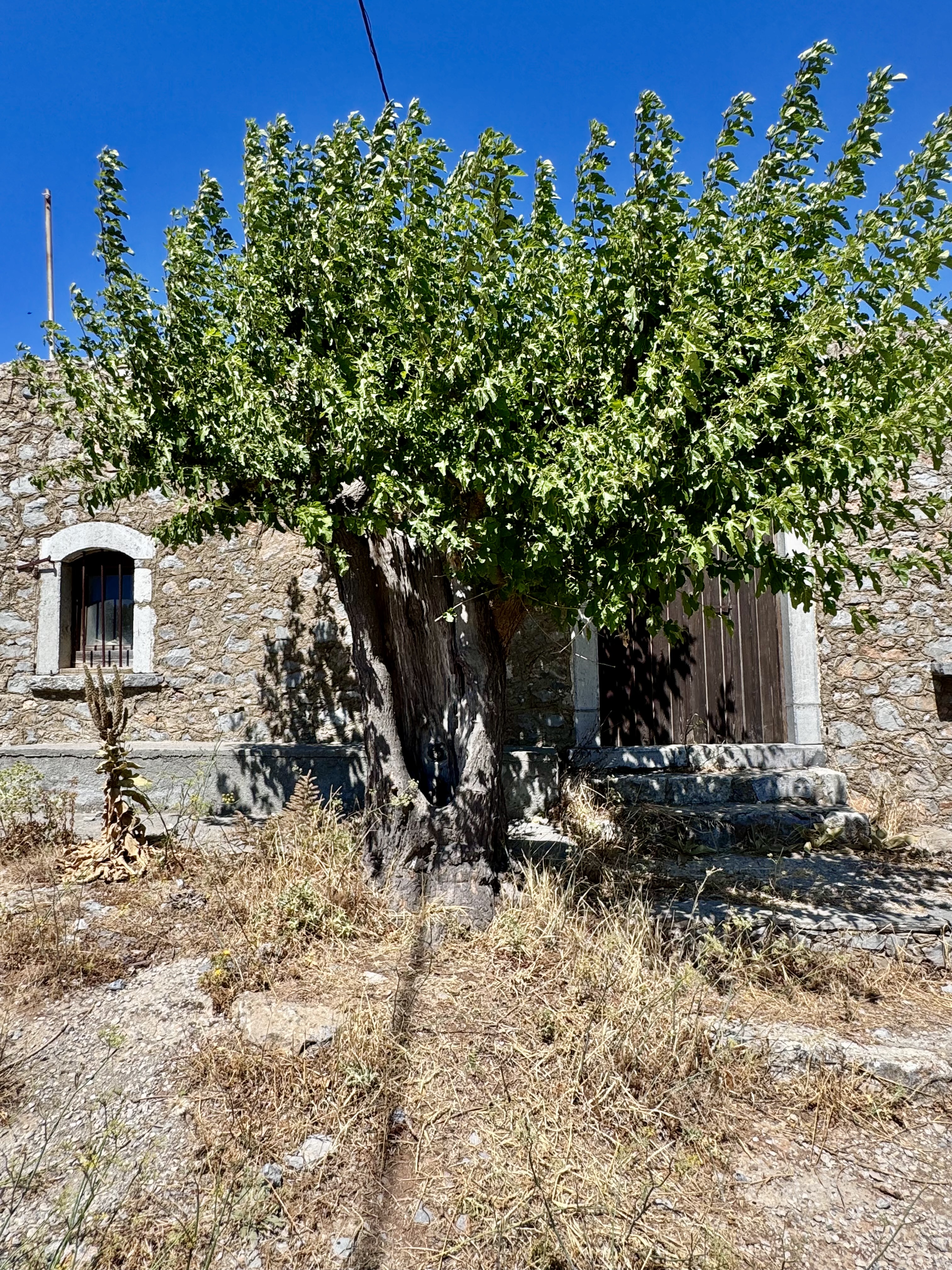 |
|---|
Just before you go to the edge of the hill, you have the opportunity to see these beautifully restored old Cretan houses
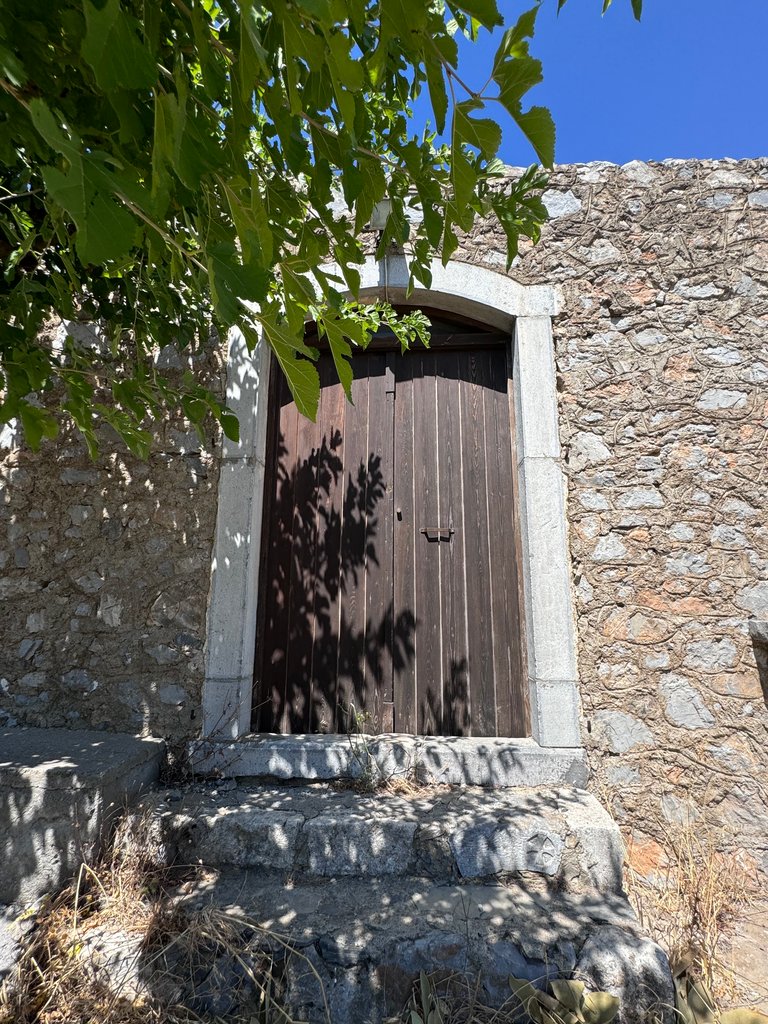
When you move to your left, you see the stone built windmills and the best part is that in some of them, you can enter!
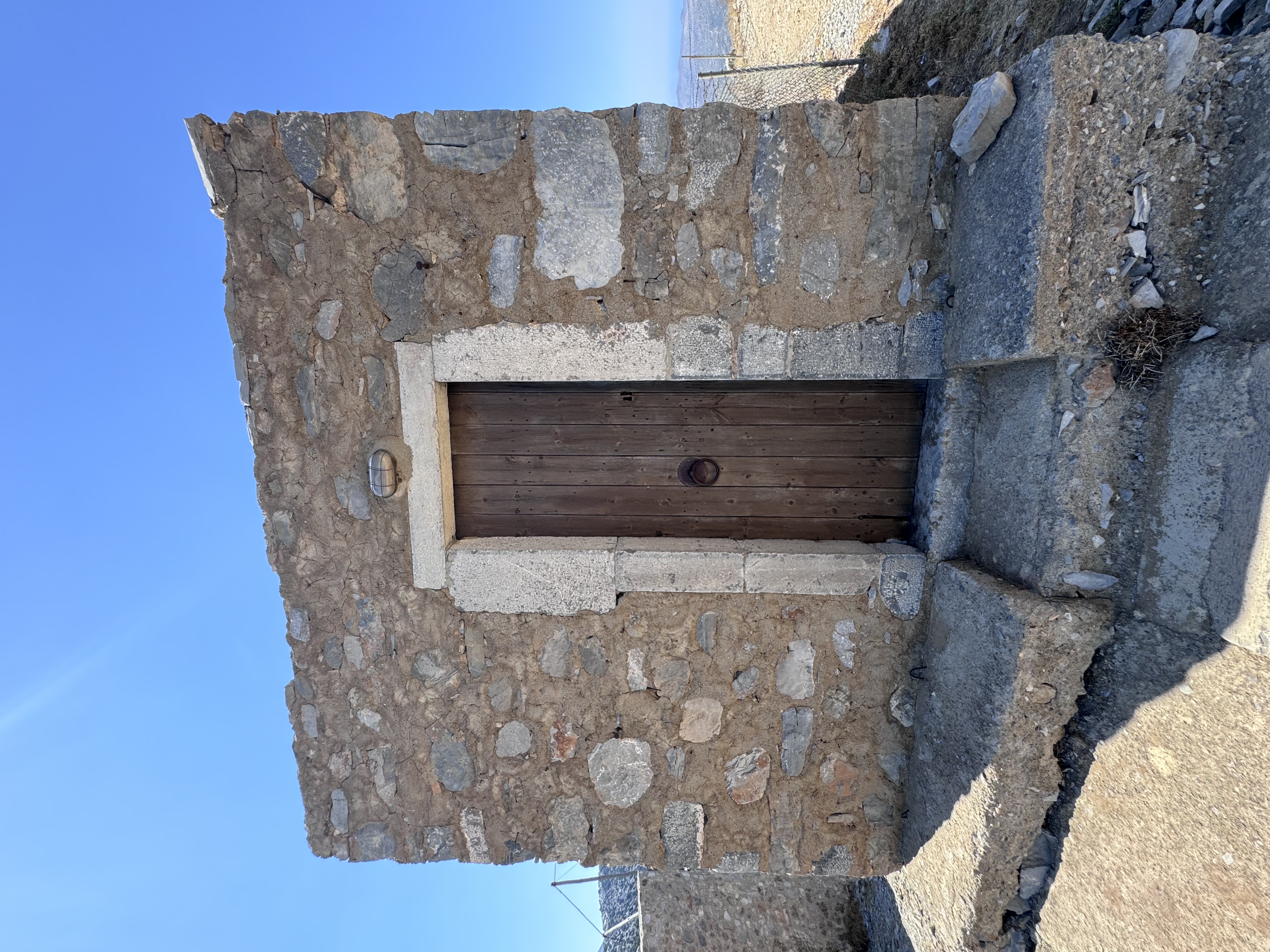 | 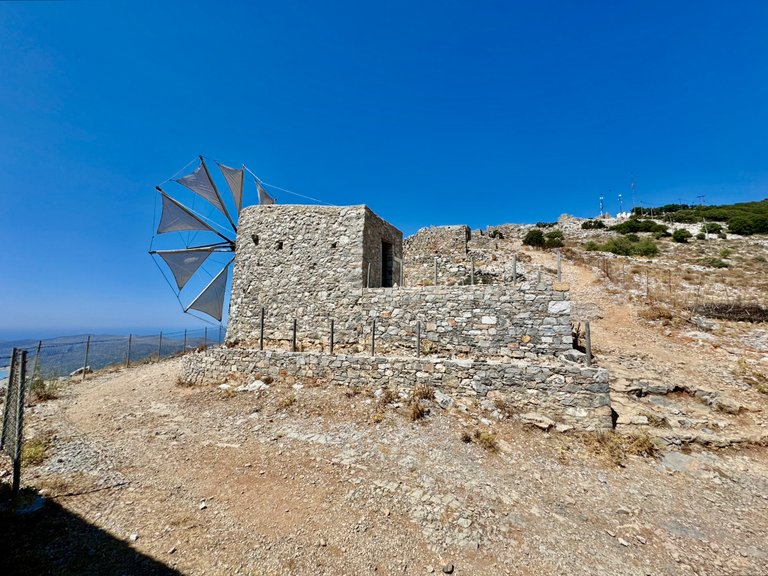 |
|---|

The view is amazing, after you go all the way up.
Make sure you have comfortable shoes,this could be dangerous!
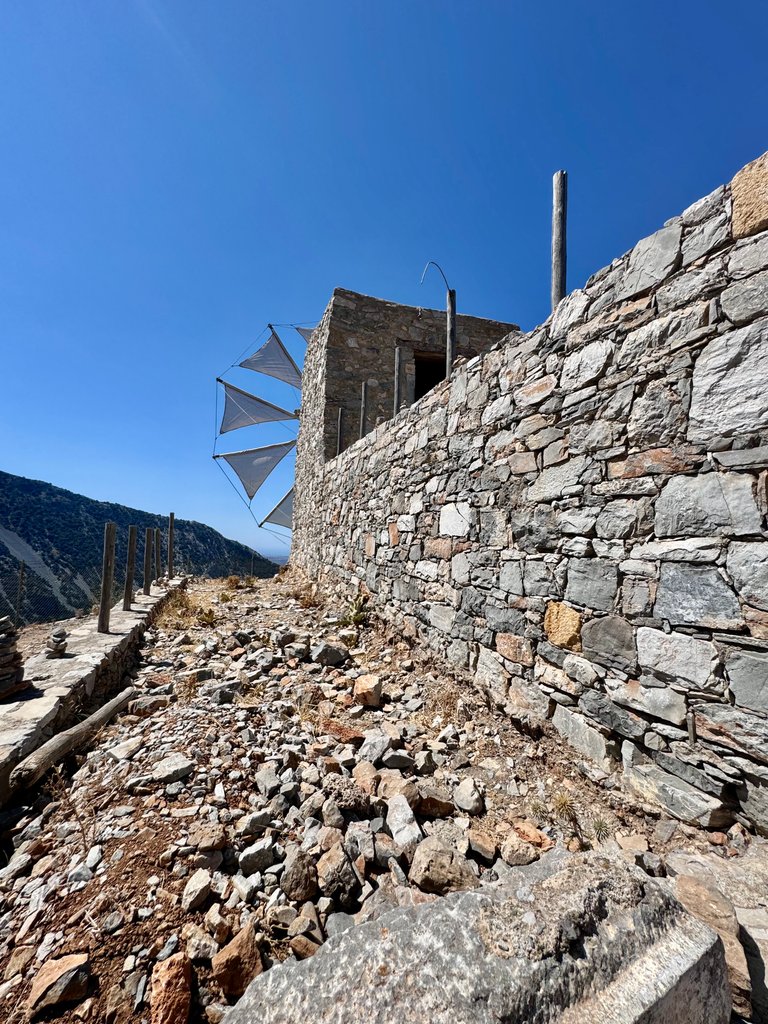
The windmills were constructed with stone bases and wooden frames, a triangular white-cloth would catch the wind.
Primarily, the windmills served as water pumps. During the time, their design was adapted to maximize efficiency.
Unfortunately, as the years passed, μany were abandoned, their sails destroyed, and their structures left to decay.

But lets go to the good part.
Recent initiatives, led by locals and a mechanical engineere George Chatzakis (with the help of Crete Region), are reviving these historical landmarks.
The restoration includes using perforated sails to enhance efficiency and functionality. These efforts aim not only to preserve the windmills as cultural artifacts but also to promote sustainable tourism in the region.
more about it
In recognition of this significant contribution to cultural heritage preservation, the project received the EU Prize for Cultural Heritage / Europa Nostra Award in 2015.
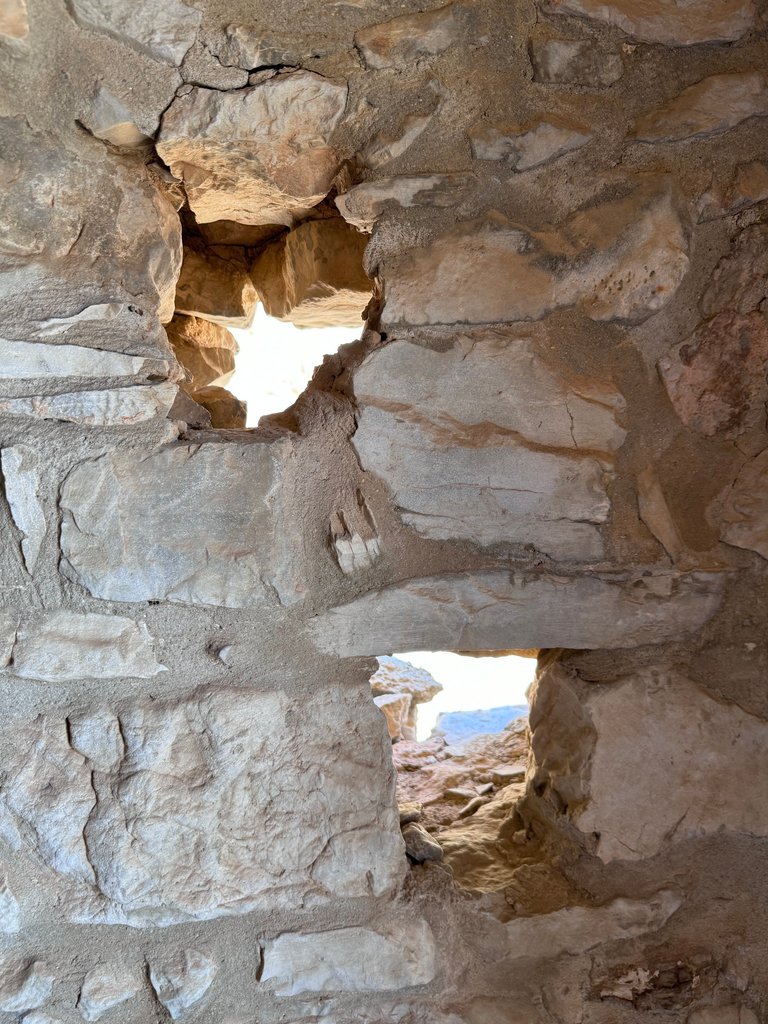
During my visit, I was with a group of people and I did not have the opportunity to make as many photos I wanted.
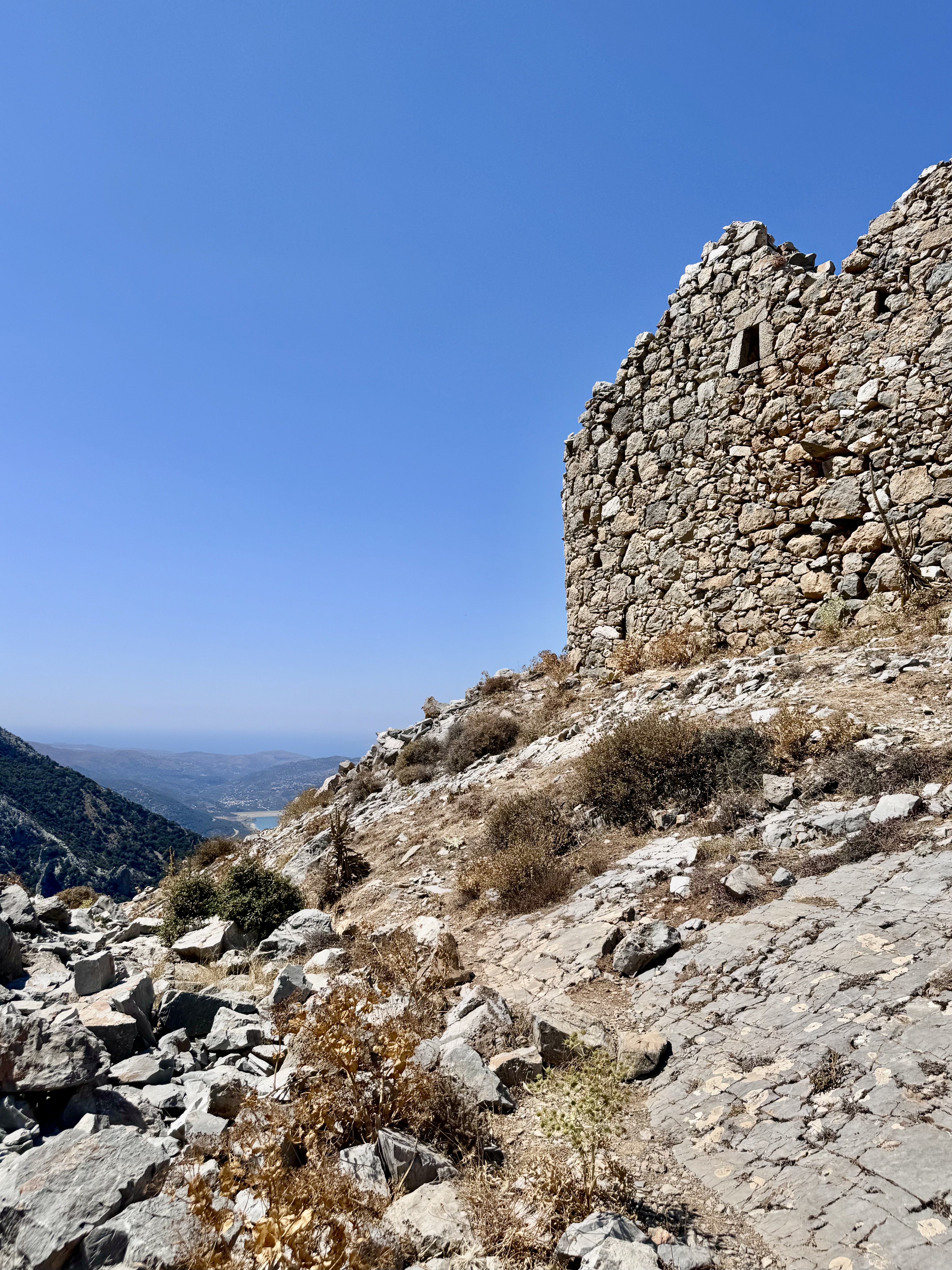
Make sure that you have the time to go and stay there as much as you like.
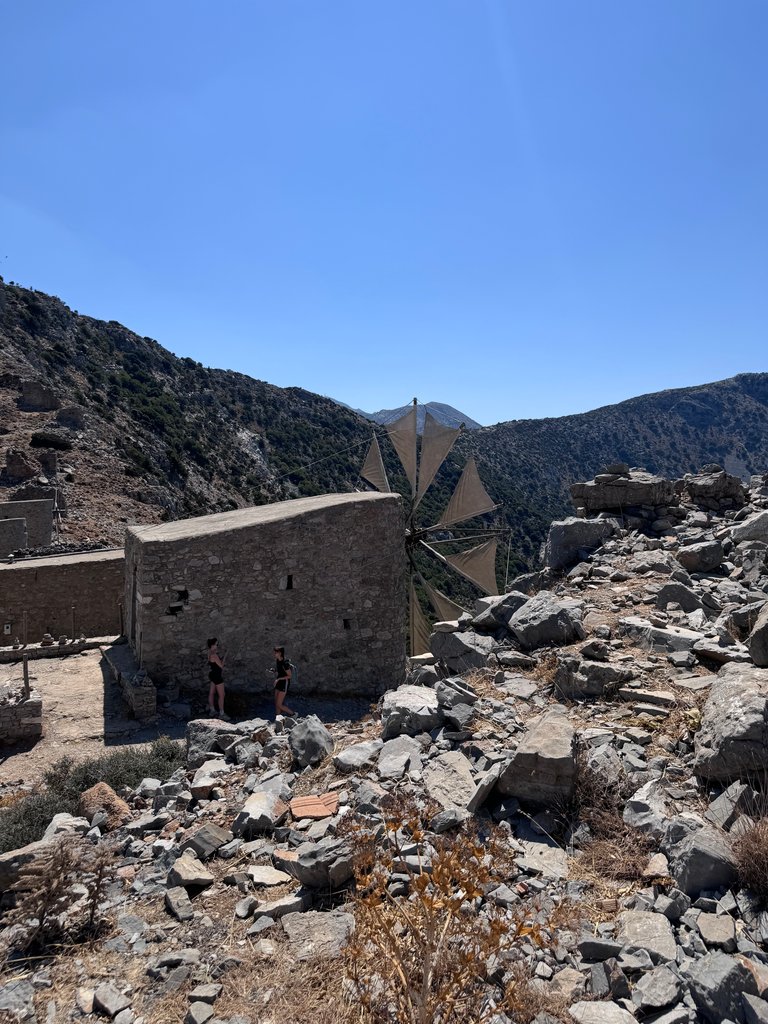
There is also a local shop where you can buy souvenirs.
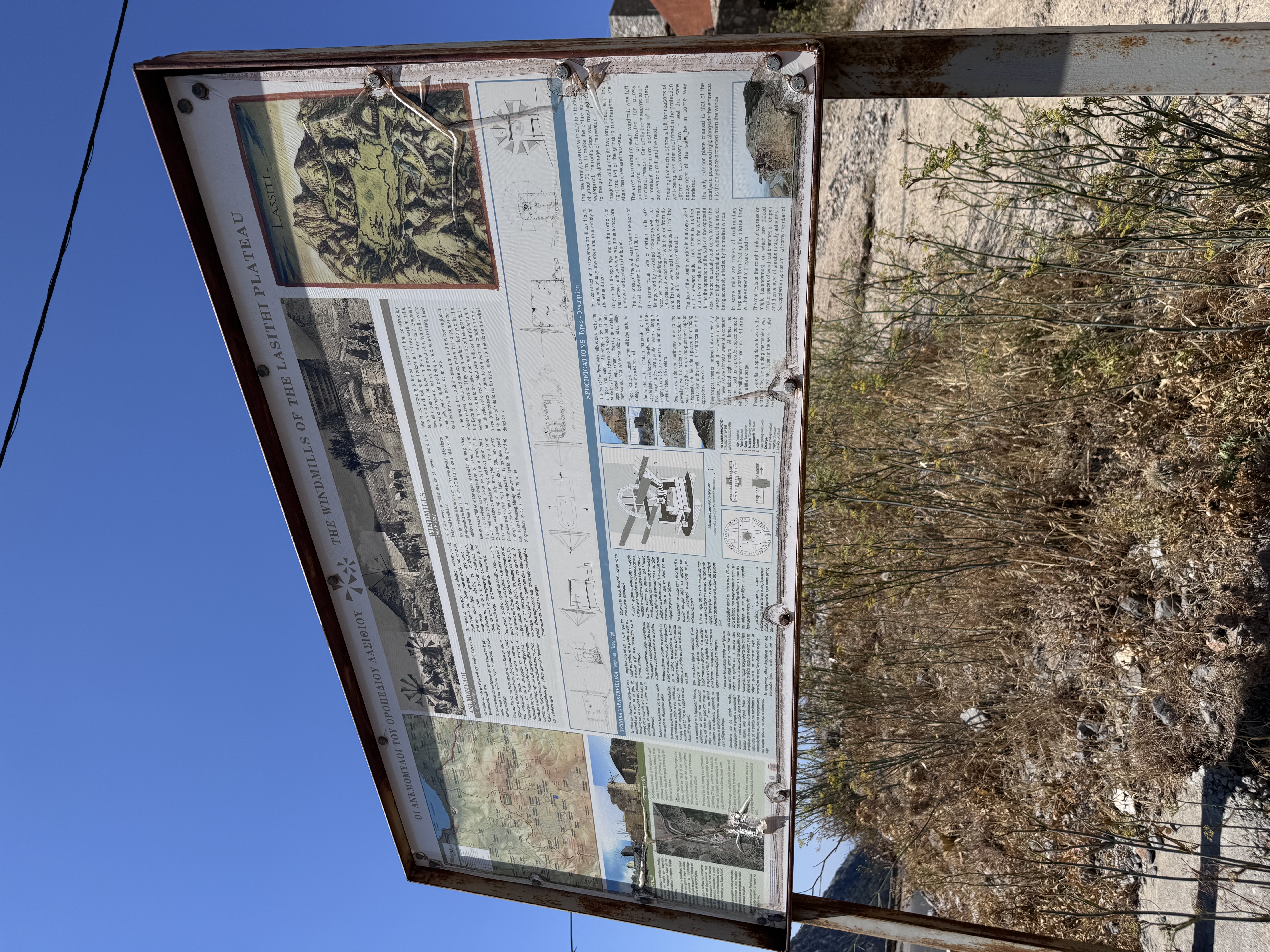
After we left the windmills area, the group decided to visit a wonderful village for lunch!
The below images are from that Village and this story will be continued soon :)
